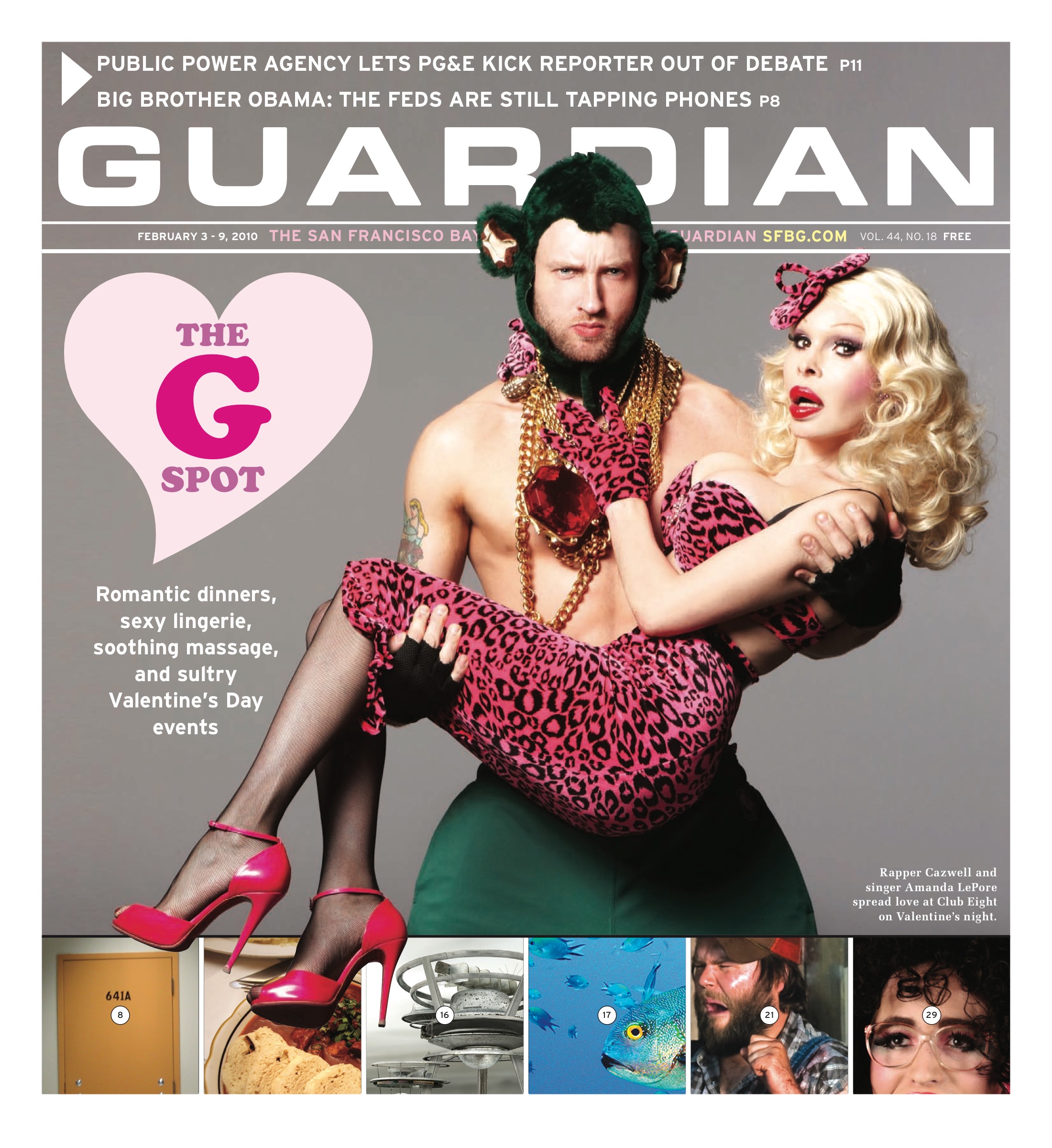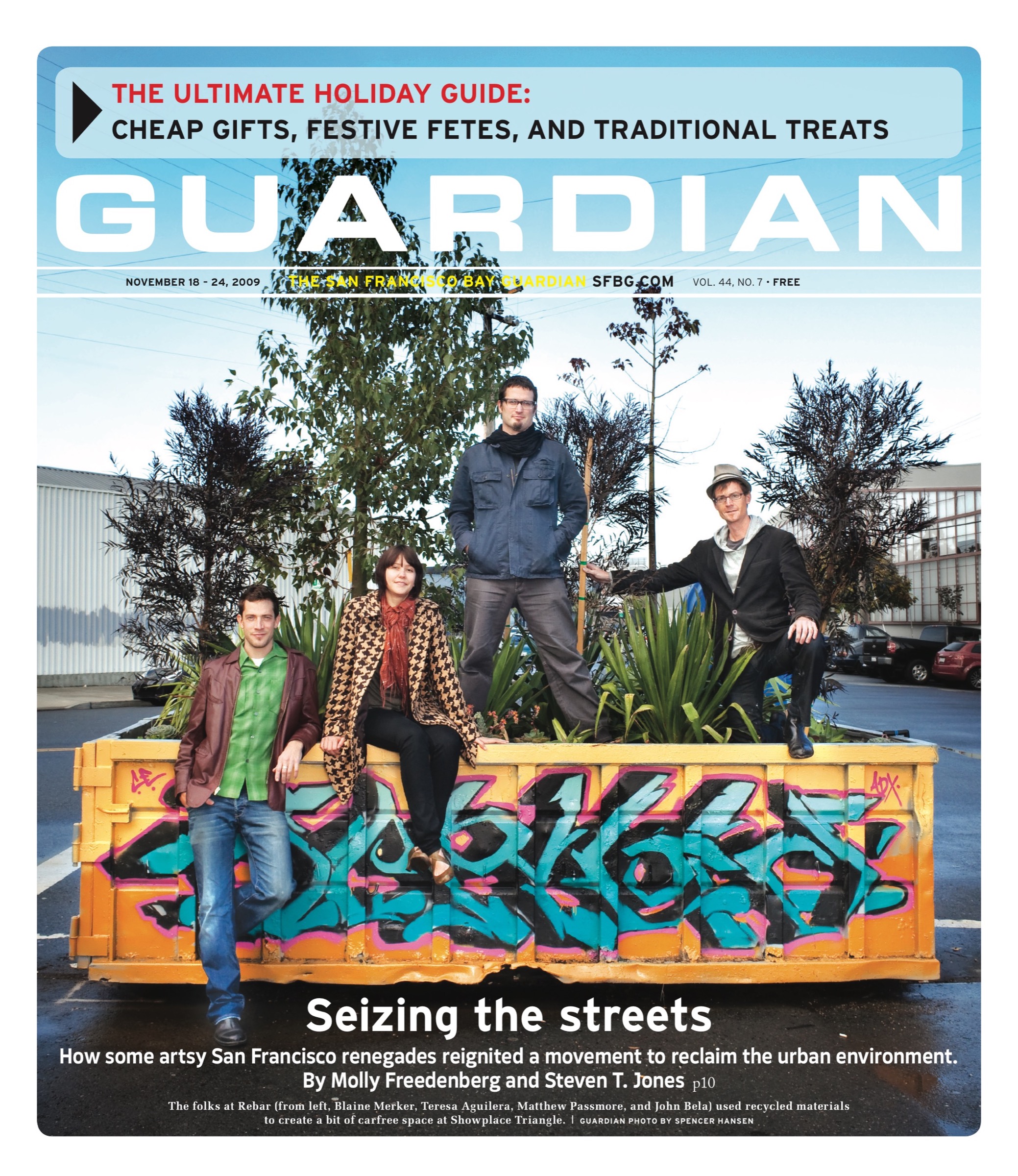MUSIC It’s typical to want to leave everything behind at times, because everything just seems the same after a while, no matter where you’re from. When Bethany Cosentino ventured to New York City for college and hated being walled in by the snow and skyscrapers, she inundated herself with the warm melodies of the Beach Boys, surf music and 1960s girl groups — the soundtrack of her native California. Like the Mamas and the Papas’ “California Dreamin'” come to life, homesickness eventually drove her back west to record a slew of hazy, sun-stroked 7-inches for her new project, lovingly christened Best Coast.
“The aesthetic is drawn from revisiting my love for California after leaving it and becoming obsessed with this idea of California in the ’60s and surfboards tied to Woodies,” Cosentino explains. “It’s a cliché California thing, but that’s where it comes from.”
That kind of heartsickness is just the reason Best Coast’s modus operandi feels real, or more than a mere throwback to old lovelorn damsels in distress singing about their bad boy dream lovers. Each song evokes the pleasurable lethargy brought on by summer’s heat, resulting in cozy, worn-in anthems for anybody caught in a cold room or chilly state of mind. Meanwhile, Cosentino’s words, always sung in a drawl, are straight from the brain of any young person chasing love in the modern world: “I’m always waking up with something in my head / It’s six a.m. and I’m in someone else’s bed / Oh, I wish you were here,” she purrs on “Wish He Was You.”
Grungey guitars and dazed bedroom lo-fi, like the Ramones on a serious Shangri-Las binge, color songs like “Sun Was High (So Was I)” and “Something In The Way.” Glimpses of Phil Spector shine through the reverb splendor of Best Coast’s most fully-realized single, “When I’m With You.” Here Cosentino separates the women from the girls. Veiled by a gossamer layer of sarcasm and accompanied by a full band and a choir, she brazenly exclaims, “The world is lazy / But you and me, we’re just crazy / Cuz when I’m with you, I have fun.”
Long before Cosentino plugged into indie beach party territory, she was an actor in commercials for Child World and Little Caesars. She had dreams of being on Broadway. Her first songwriting attempt, at 15, was fueled by her first major breakup. She recorded demos as Bethany Sharayah and was courted by major labels, but turned them down because she wasn’t ready.
A foray into psychedelic ambient music with her band Pocahaunted stands as a testament to Cosentino’s adventurous spirit. Formed with her friend Amanda Brown, the band — which opened for Sonic Youth at a 2007 Berkeley show — specialized in atmospheric, guitar-driven drone music that is wildly opposite from Cosentino’s catchy Best Coast gems.
“Behind the scenes, I was listening to Bruce Springsteen and Fleetwood Mac and pop music,” Cosentino explains. “I’m just returning to the kind of music I’ve always wanted to play and write. If you knew me as Bethany Sharayah and you came to a Pocahaunted show, you’d be like, ‘What the heck is this?'”
Judging by the sold-out status of many of Best Coast’s 7-inches (released on labels like Art Fag and Black Iris) and the buzz around the band, both a major indie label and a hectic 2010 are on the horizon. Their first proper album was finished in two weeks and boasts all new tracks. After a mini-war among labels, it will come out later this year.
Best Coast, which includes Cosentino’s best friend Bobb Bruno on bass, goes on its first North American tour with the Vivian Girls starting next week. Cosentino is looking forward to stretching her legs onstage. “When we play live, I don’t think about it too hard,” she says. “Mistakes are made and words get messed up, but it’s just fun. There was a couple slow dancing in the front at one show and I wanted to cry. They came up to me afterward and said, “That was our song.” If I’ve fulfilled any sort of dream, that was it.”
Think of Best Coast as a sonic love letter to California.
BEST COAST
With the Vivian Girls and the Bananas
Tues/, 9 p.m., $10
Bottom of the Hill
1233 17th St., SF
(415) 621-4455


